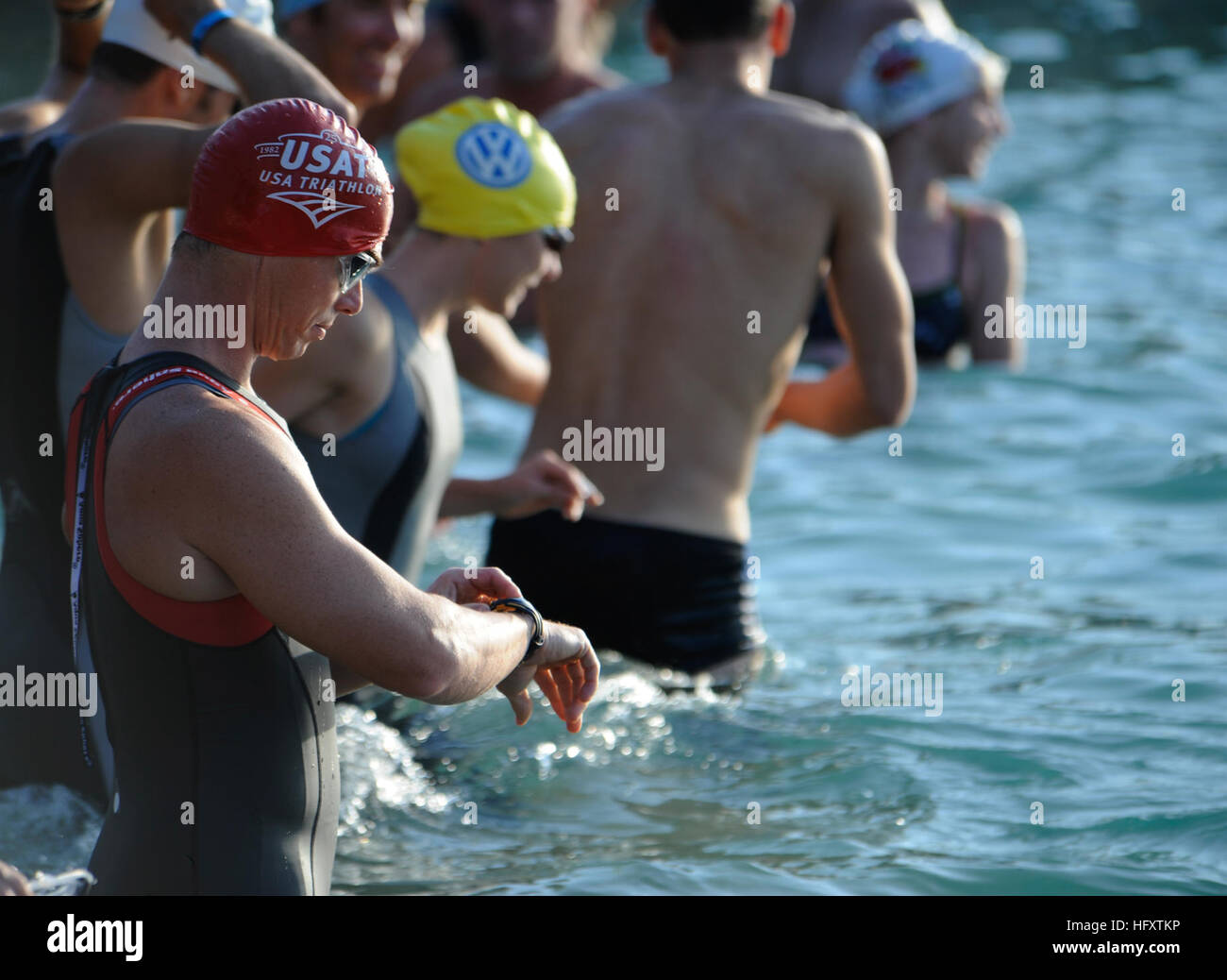Tkp 169 2009
Zapreschayuschie znaki v lesu dlya detej v kartinkah. This paper describes the green synthesis of core–shell silver nano/micro particles (AgNP/MPs) using poly (vinyl alcohol) (PVA) and tamarind kernel powder (TKP) as reducing cum stabilizing agents. Effect of both mean hydrodynamic sizes and zeta potentials of the polymeric reactants on size and stability of silver particles has been investigated.
Top 20 Wedding Shoes You’ll Want. Inspired by the story of a girl from a rural Italian village who falls in love with a British boy who writes her a love letter every single day. Results 1 - 12 of 12 - Find 2009 Honda CR-V for sale in Euclid, OH. Finance Payment: $169/mo. TKP Auto Sales, Inc.
Resultant particles have been further studied for exertion of the cytotoxic effect on human epithelial carcinoma cell line (HeLa). The synthesis was carried out from aqueous silver nitrate (AgNO 3) at 70 °C using various concentrations of PVA, TKP and pH. The average size of the silver particles varied between 19.01 to 613 nm as determined from ultraviolet spectroscopy and dynamic light scattering measurements, complemented by transmission electron microscopy. Zeta potentials of the particles varied subject to preferential adsorption of either TKP or PVA on the shell. Field emission scanning electron microscopy revealed various shapes of bulk AgNP/MPs. Energy dispersive X-ray mapping showed, with change in conditions, that the size of the silver core did not change drastically, however, the thickness of the polymer-shell changed significantly.
Cytotoxicity study with average particle sizes between 19.01–350 nm on HeLa showed a dose-responsive activity however, up to the lethal dose of 50 μg ml −1 the nanoparticles exhibited adequate selectivity in killing the cancer cells compared to the normal cells. • For reproduction of material from NJC: Reproduced from Ref. XX with permission from the Centre National de la Recherche Scientifique (CNRS) and The Royal Society of Chemistry.

• For reproduction of material from PCCP: Reproduced from Ref. XX with permission from the PCCP Owner Societies. • For reproduction of material from PPS: Reproduced from Ref.

XX with permission from the European Society for Photobiology, the European Photochemistry Association, and The Royal Society of Chemistry. • For reproduction of material from all other RSC journals and books: Reproduced from Ref. XX with permission from The Royal Society of Chemistry.
If the material has been adapted instead of reproduced from the original RSC publication 'Reproduced from' can be substituted with 'Adapted from'. In all cases the Ref. XX is the XXth reference in the list of references. If you are the author of this article you do not need to formally request permission to reproduce figures, diagrams etc. Contained in this article in third party publications or in a thesis or dissertation provided that the correct acknowledgement is given with the reproduced material. Reproduced material should be attributed as follows.